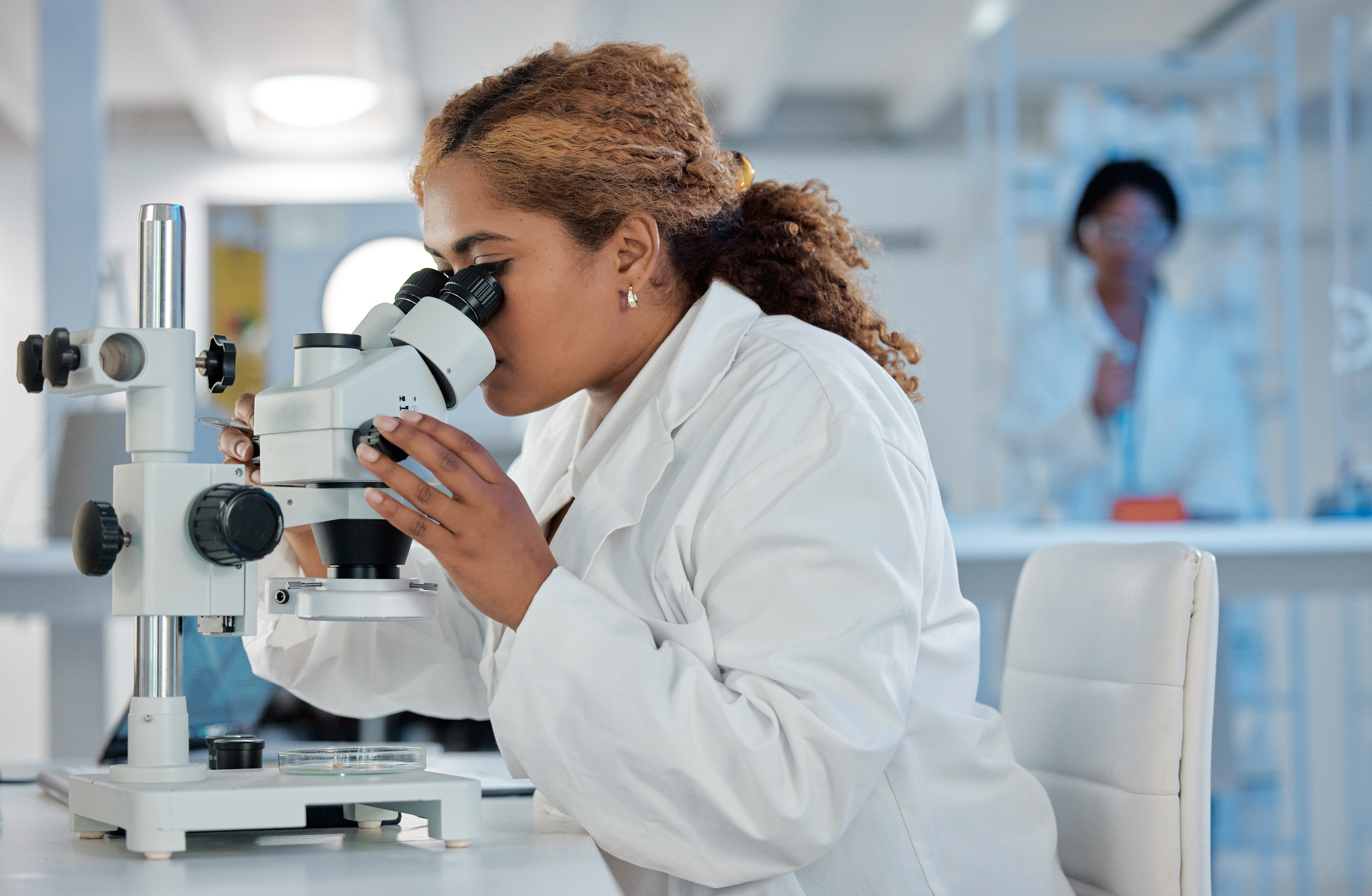Viking Therapeutics (VKTX 2.04%) is a hot biotech stock thanks to the company’s record of reporting good data from its cardiometabolic disease programs, and there’s no sign of that reputation being tarnished.
In fact, Viking just gave investors an update which firms up its status as a very promising company. Here’s what it reported, and why it’s another reason to buy the stock.
Its latest data suggests that this market is almost within reach
At The Liver Meeting annual conference on Nov. 19, Viking reported some phase 2b clinical results from one of its programs, VK2809, which aims to treat metabolic dysfunction-associated steatohepatitis (MASH). After 52 weeks of treatment, across all of the dose levels tested, 69% of patients saw their MASH resolve with no further worsening of liver fibrosis (toughening of the tissue). Over the same period, 51% of the patients saw their fibrosis improve by at least one standard grade, and a large majority of patients also saw their degree of liver fat decline by more than 30%.
These are very positive results, especially the healing of fibrosis in most patients, as fibrosis has traditionally been a difficult symptom to address in MASH. VK2809 thus seems destined to advance into phase 3 trials and perhaps beyond; that’s a new reason to buy Viking stock.
It’s also an extension of the main investment thesis for doing so. Per a report by Vision Research, the market for MASH drugs could be worth more than $16 billion by 2030; others see it growing to be nearly 50% larger than that, and sooner. The opportunity is likely to be huge either way. Viking’s addressable market probably won’t be as large as that right off the bat, but with additional research and development (R&D) work, it could plausibly reach most of the market eventually.
Currently, Madrigal Pharmaceuticals is the only competitor in the market for MASH therapeutics, although Novo Nordisk and other companies are also on the verge of entering it. That means that if Viking can get VK2809 out the door after completing phase 3 clinical trials, it’ll have a good chance to secure a significant share of the market and thus generate plenty of revenue over time. But there’s also a risk that its late-stage clinical trial data will fail to demonstrate superiority or meaningful advantages relative to Madrigal’s candidate, which could deliver a blow to the stock.
There are already a lot of reasons to buy this stock
As favorable as the new data are, VK2809 isn’t the only program in Viking’s pipeline, nor is it the most developed, or the one with the highest potential for earnings.
The star of the show is VK2735, the biotech’s candidate for treating obesity, which is a market that could be worth as much as $100 billion by around 2030. The company recently wrapped up its phase 2 clinical trials with great results, and it’s very probable that its injected formulation will enter late-stage testing next year. Its oral formulation will initiate a phase 2 trial before the end of this year, and (assuming it performs as well and eventually earns approval) might eventually have an even larger total addressable market.
What’s more, Viking has around $930 million in cash, equivalents, and short-term investments. That’s likely to be more than enough juice to push at least VK2735 to commercialization without the company taking on debt or issuing more shares of its stock. Whether it has enough resources to do the same with its MASH program at the same time is less clear, but given the size of its war chest relative to its trailing-12-month operating expenses of $134 million, it is probable.
So, within the next three years or so, it’s easy to envision this biotech having two different blockbuster drugs on the market. For a pre-revenue business like Viking, that’s very bullish, so the outlook on this stock is quite favorable.

